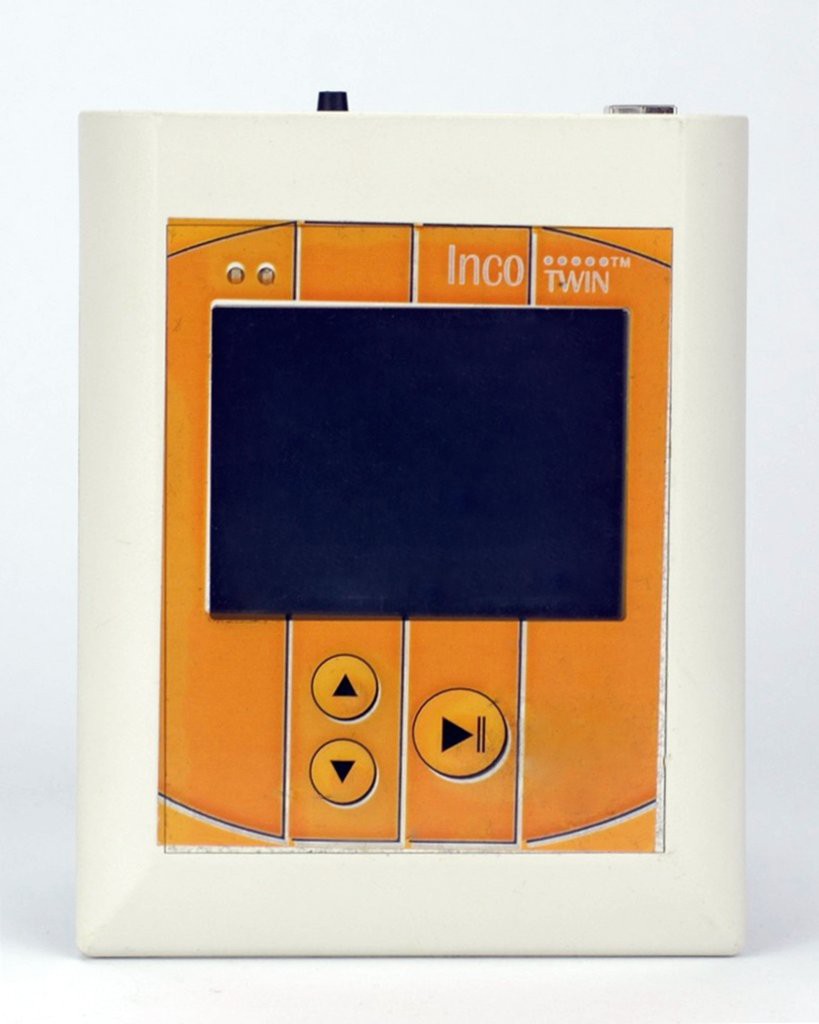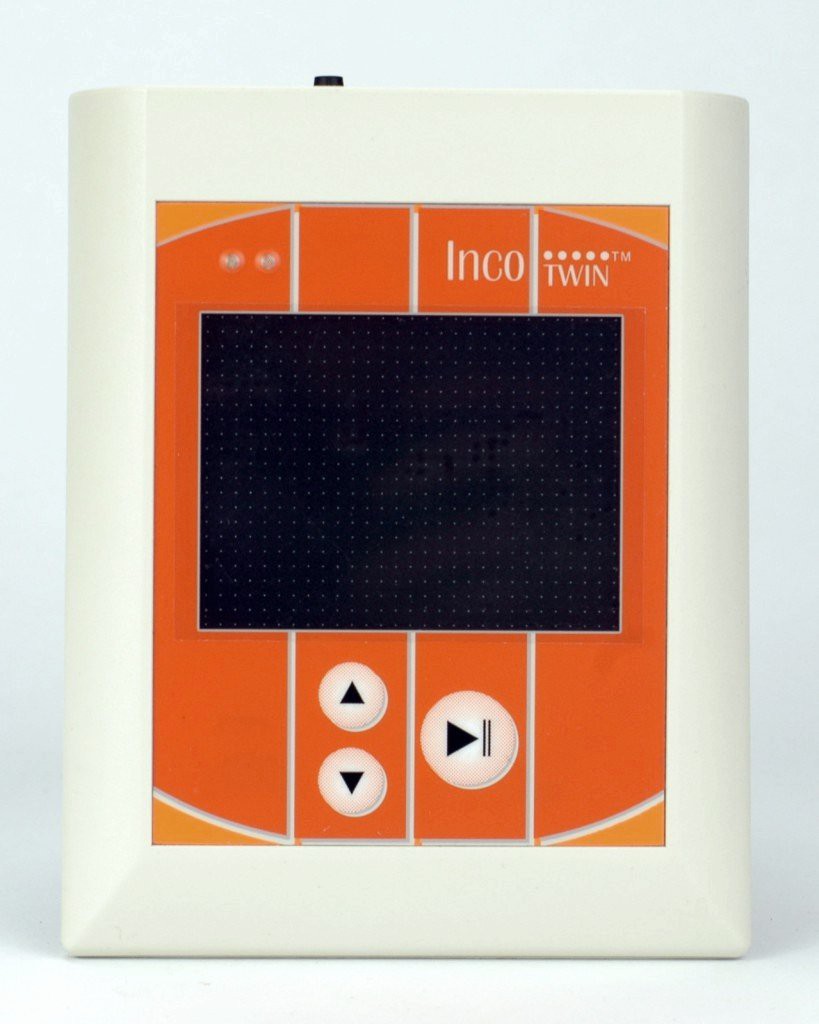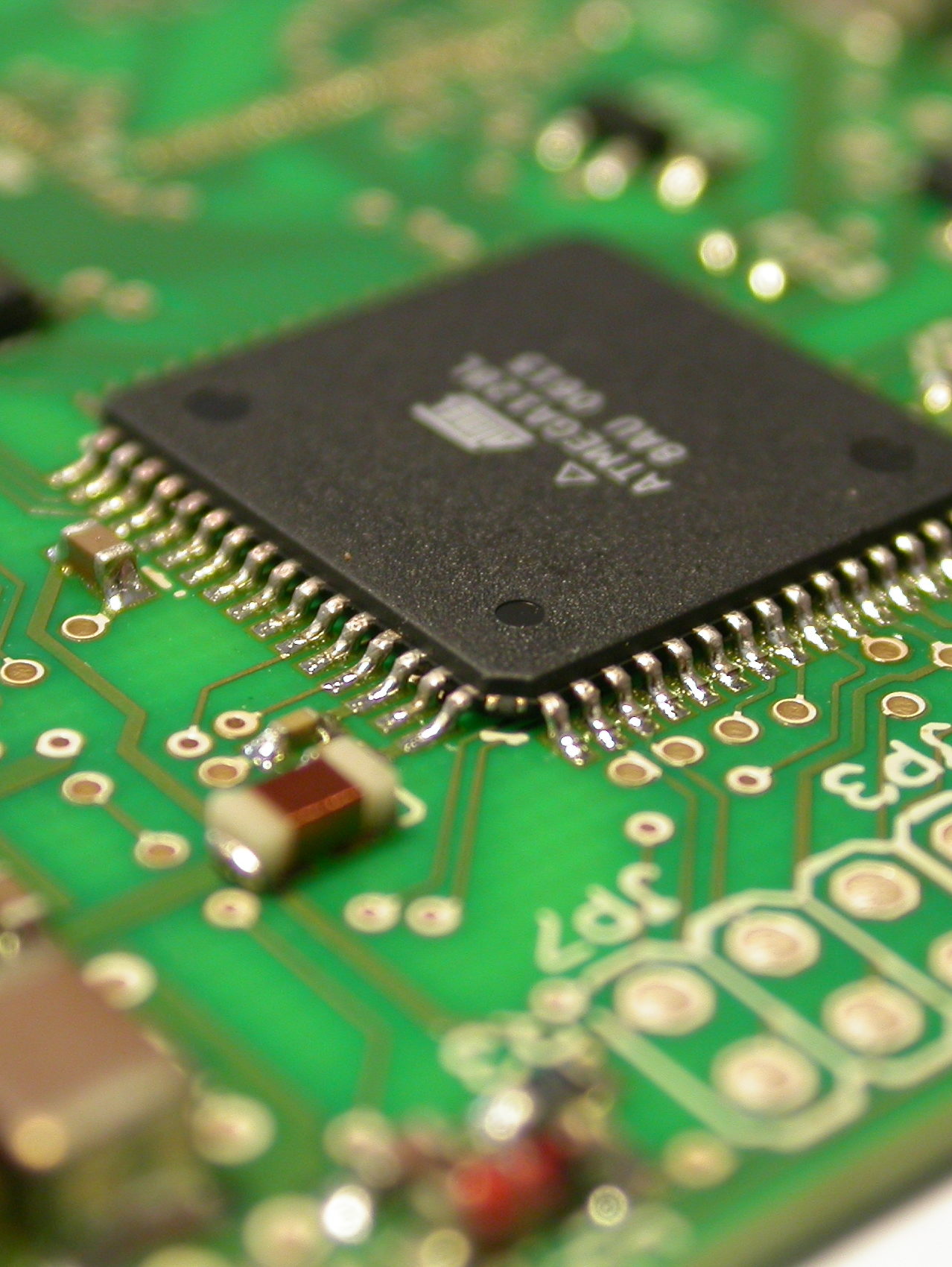
Foto von Scott Graham
From idea to product
You have an idea of your own and are looking for a competent partner for the development and realization of your project?
As specialists in wireless sensor technology, our competencies range from board design, selection of suitable sensors, hardware programming to software.
Many of our products and offers have their origin in development projects and were subsequently brought to market maturity. This experience enables us to work quickly and customer-oriented and to achieve a high TLR (Techology Readyness Level) even in the development of new products, even in small quantities.
Major developments are often an iterative process in which new findings during development can lead to a change in the initially defined specification. In order to be able to map this learning process in the project, this usually takes place in different phases:

Phase 1: Prototype
A small amount of prototypes are built. These are produced close to series, but often with other production tools.
Functional tests and checks are carried out. The design and "touch and feel" are also clarified at this stage. Initial firmware versions are programmed and tested. New features and bug fixes are then incorporated into the subsequent pre-production run.

Phase 2: Pre-series unit
The pre-series implements all the findings from the prototypes. Here, an attempt is made to work with production tools that correspond to the series as far as possible. These are usually the first devices that are delivered to test groups or particularly interested customers. If necessary, certification tests are carried out and the first optimizations are made for the subsequent production.

Phase 3: Serial unit
Programming and testing devices are produced. Firmware receives enhancements to support automated testing and, of course, the latest changes and corrections from pre-production. CAD and machine data are exported for manufacturing and serial production is started.
The necessary end-user documentation and packaging is developed and created.
Product development process
The general conditions and requirements for the product are defined in a joint initial discussion. The desired characteristics are formulated in the form of a specification sheet and in an offer. During the entire project, discussions are held regularly so that you always have the current status and also the opportunity to give us direct feedback. In the end, a product should be created that meets your expectations within the scope of the technical possibilities.
Subprojects
It does not always make economic and practical sense to strive for further development even after a successful prototype or proof of concept. To ensure that you as the customer remain as flexible as possible in your planning, it is entirely possible to carry out the various phases of product development as separate sub-projects and thus develop the product piece by piece with a low financial risk. As the product matures, the level of certainty increases and the product can go into final series production after a pre-production phase. This step-by-step plan also allows feedback loops and adjustments to be made, which give the final product the necessary finishing touches.
Development of clamping force monitoring
In this photo series you can see an example from our successful development of a clamping force monitoring system for paper production. In this project, a permanent contact of the clamping jaw with the paper roll had to be ensured during the unwinding of the paper roll. In case of loss of contact of the tensioning shaft, the system loses the transmission of force to the paper roll and very costly and life-threatening accidents can occur during production. For this purpose, strain gauges were provided, which were installed in the tensioning jaw after an FEM analysis and redesign of the tensioning jaw ensured the integrity. The new system was installed in the expansion shaft in minutes, as an existing clamp without sensors was unscrewed and replaced by a new one with integrated wireless Pollux sensors.
The result is a reliable and wireless monitoring of the clamping force directly at the paper roll.





